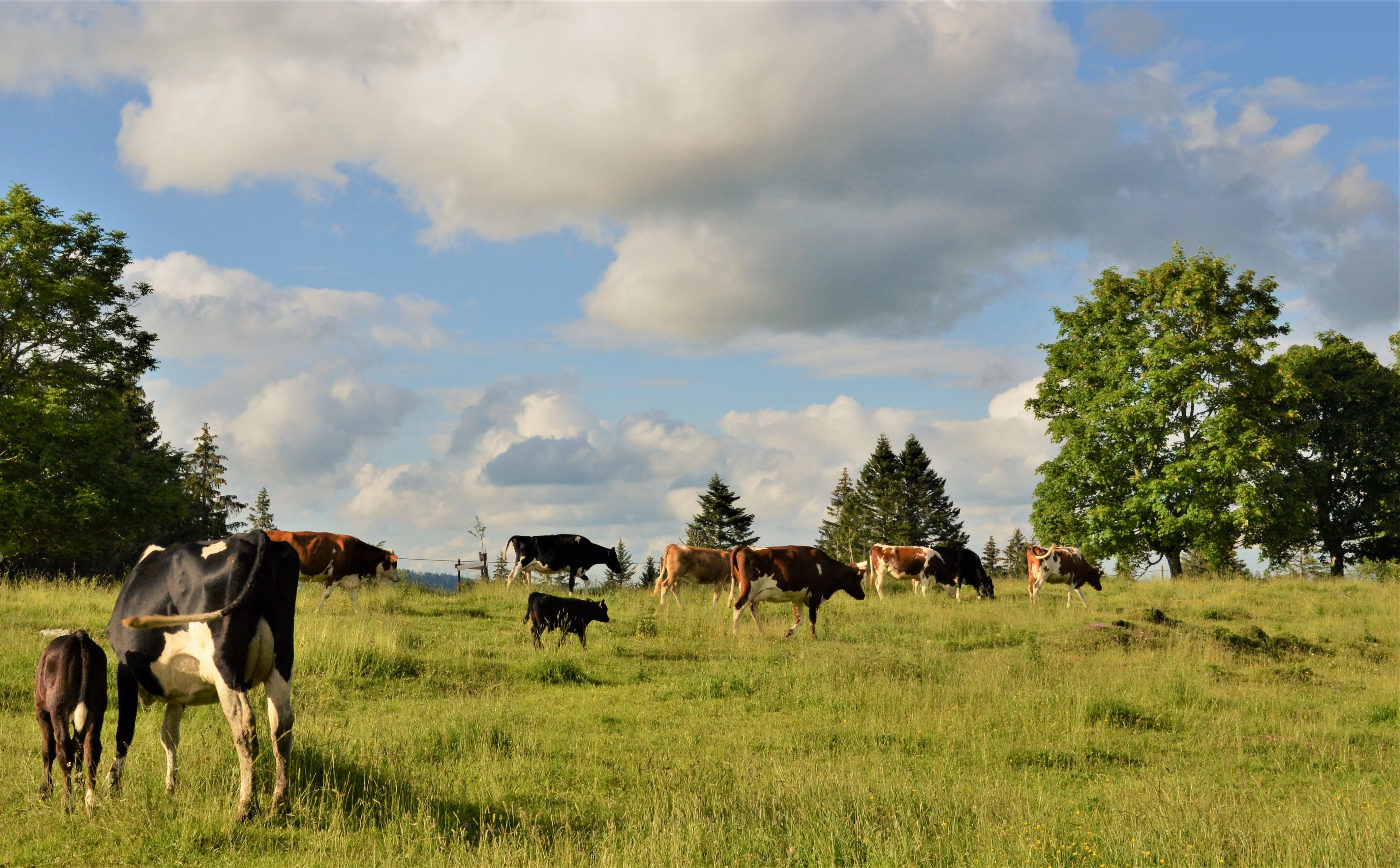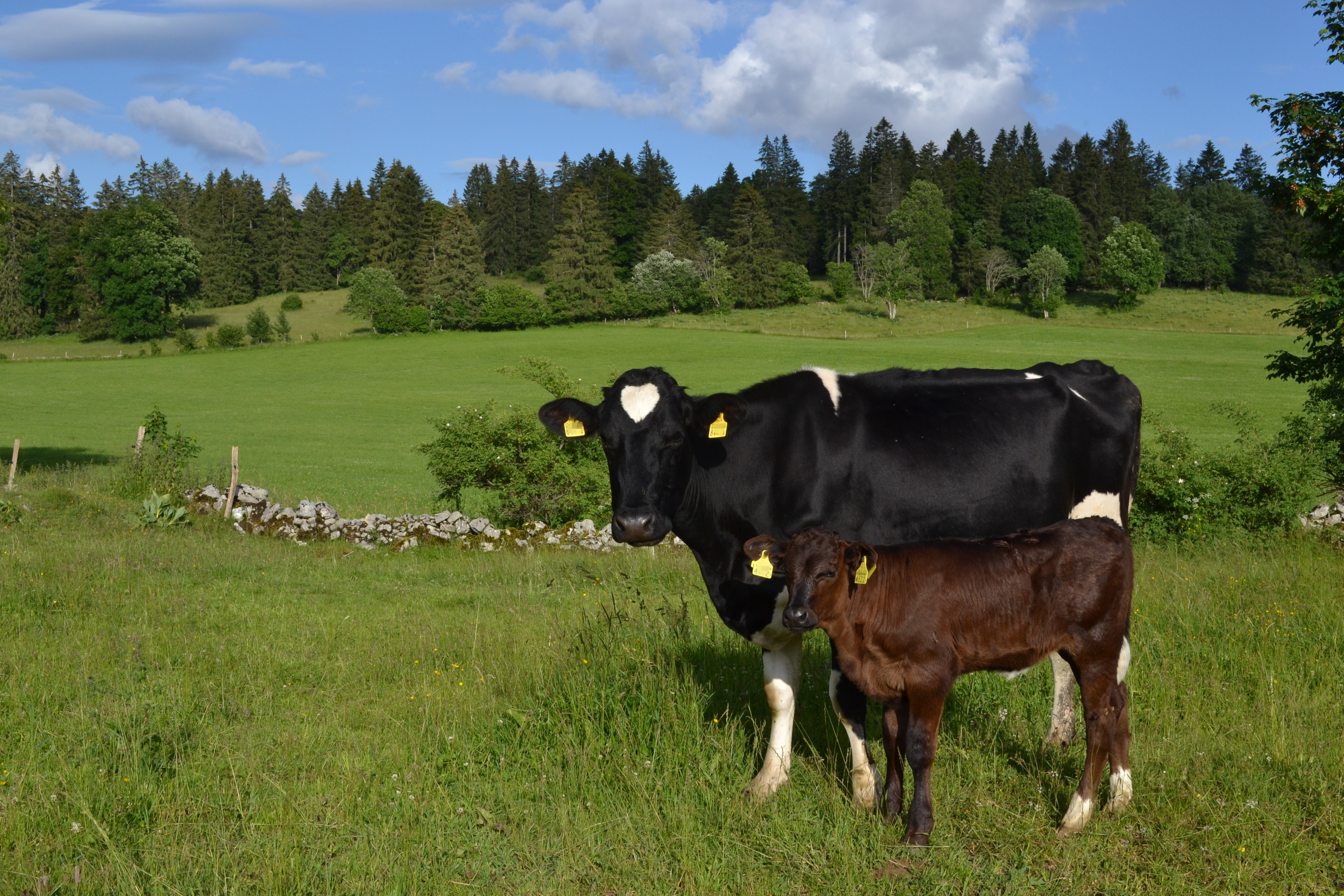FÖRDERVEREIN MUTTER-KALB-HALTUNG
The MuKa (Mother-Calf Husbandry) department is committed to ensuring that the calf is raised by the mother cow for at least 3 months or longer after birth, which leads to good physical development of the calves, a strengthened immune system and thus a reduction antibiotic use leads.
AVINA supports the Förderverein MuKa in a research project that generates and collects valid data on calf health and antibiotic consumption in mother-calf husbandry. Additionally, the project provides assistance to farms transitioning to mother-calf husbandry.
In an exclusive interview, Cornelia Buchli (veterinarian and head of the MuKa specialist unit) talks about the health benefits of mother-based calf rearing and the challenges of converting on farms, among other things.
Please describe the project in a maximum of 5 sentences.
At 6-7 tons of antibiotics, the consumption of antibiotics in calf husbandry resulting from milk production is very high. In contrast to conventional milk production, calves in mother-calf systems grow up with their mothers. In our research project, we are investigating calf health and antibiotic consumption in mother-reared calf husbandry compared to husbandry systems without mother contact. Data from Swiss farms are collected and analyzed.

What are the main health benefits you observe in calves raised by their mother cow?
Farm managers who produce milk under mother-calf management report fit, vital calves. Although symptoms such as diarrhea can also occur in this near-natural form of husbandry, these are usually self-limiting, i.e. medical treatment is not usually necessary and the general condition of these calves is not impaired.
What challenges and difficulties are there when implementing mother-calf husbandry on a farm?
As the milk is shared with the calves, around a third less milk remains for sale, which leads to a drop in turnover at farm level if the milk price remains unchanged. In order for these farms to survive in the medium term, they must be able to compensate for the lower milk volume with a higher milk price. In addition, farm-specific structural adjustments to the cow and calf barns are also necessary when converting. Translated with DeepL.com (free version)

In your opinion, what measures and support would be necessary to establish mother-calf husbandry more broadly in agriculture?
An increasing number of producers are interested in producing mother-calf milk. Informed consumers are also looking for products from mother-calf husbandry. For this form of milk production to become established, buyers are needed who purchase milk from mother-calf husbandry at a milk price that is at least 30% higher, process it and offer it as corresponding products on the market. Until existing suckler-calf farms are able to compensate for the lower volume via the market, support in the form of direct financial aid is important so that the costs do not have to be borne by the farms alone.
